Horticulture
India with diverse soil and climate comprising several agro-ecological regions provides ample opportunity to grow a variety of horticulture crops. These crops form a significant part of total agricultural produce in the country comprising of fruits, vegetables, root and tuber crops, flowers, ornamental plants, medicinal and aromatic plants, spices, condiments, plantation crops, mushrooms and landscape gardening. It is estimated that all the horticulture crops put together cover nearly 11.6 million hectares area with an annual production of 91 million tones. Though these crops occupy hardly 7% of the cropped area they contribute over 18% to the gross agricultural output in the country. Fruits and vegetables are also rich source of vitamins, minerals, proteins, and carbohydrates etc. which are essential in human nutrition. Hence, these are referred to as protective foods and assumed great importance as nutritional security of the people. However, per capita consumption of fruits and vegetables in India is only around 46g and 130g against a minimum of about 92g and 300g respectively recommended by Indian Council of Medical Research and National Institute of Nutrition, Hyderabad.
Horticultural crops occupy nearly 2337 ha area in Phek district. Geographical conditions of the district are well suited for the production of these crops and they can be grown as cash crops. The major fruit crops of the district are orange, passion fruit, kiwi, guava, lemon, papaya and banana etc.
However, cabbage, tomato, chow-chow, potato, tapioca, colacassia, leafy vegetable etc. are the main vegetable crops grown in the region. These crops have good market potential, but due to their perishable nature they cannot be kept for longer time. Cold storage, transportation, cool chain facilities are the basic need to develop the horticulture sector in the district.
Cropping system :
The main crops are rice, maize, millet, cabbage, yam, pulses, ginger, bananas, etc. However, passion fruit, peach, plum and large cardamom is also gaining momentum in the district.
Mono cropping system is common and the land holding is generally fragmented and scattered. Jhum cultivation is still widely practiced due to non-availability of sufficient water for Terrace cultivation. Paddy-cum-fish culture in the terrace fields is also encouragingly practiced in recent years by the farmers. Terrace Rice Cultivation (TRC) is the common practice except certain villages under Meluri Sub-Division where primitive method of jhum cultivation is still in practice leading to wastage of time, energy and environmental degradation. However, with exposure to new technologies people of this area have also started TRC. Use of power tillers is becoming popular now days in the district.
| SI No | Identified thrust areas |
|---|---|
| 1. | Introduction of high yielding varieties of fruits and vegetables. |
| 2. | Emphasis on organic cultivation of fruits and vegetables. |
| 3. | Use of suitable plant protection measures against pest and diseases of horticultural crops through organic approach. |
| 4. | Improved production technology of fruits and vegetables |
| 5. | Development capabilities of rural youth and women in the field of fruits and vegetables processing and value addition. |
| 6. | Popularization of mushroom cultivation for income generation. |
| 7. | Popularization of protected cultivation technology for high valued crops. |
| 8. | Impart training cum demonstration on various plant propagation techniques. |
Area, production and productivity of horticulture crops
Table: Fruits
| SI No | Fruits | Area(ha) | Production(MT) | Productivity (Kg/ha) |
|---|---|---|---|---|
| 1. | Apple | 30 | 10 | 333.33 |
| 2. | Pear | 30 | 55 | 1833.33 |
| 3. | Plum | 26 | 40 | 1538.46 |
| 4. | Peach | 40 | 18 | 450.00 |
| 5. | Orange | 327 | 160 | 489.29 |
| 6. | Papaya | 100 | 120 | 1200.00 |
| 7. | Banana | 128 | 500 | 3906.25 |
| 8. | Guava | 40 | 290 | 7250.00 |
| 9. | Mango | 40 | 20 | 500.00 |
| 10. | Pineapple | 150 | 350 | 2333.33 |
| 11. | Passion fruit | 50 | 10 | 200.00 |
Table: Vegetables
| SI No | Vegetable | Area(ha) | Production(MT) | Productivity (Kg/ha) |
|---|---|---|---|---|
| 1. | Cabbage | 20 | 41 | 2050.00 |
| 2. | Cauliflower | 10 | 15 | 1500.00 |
| 3. | Brinjal | 10 | 15 | 1500.00 |
| 4. | Chilies | 110 | 180 | 1720.00 |
| 5. | Pea | 10 | 700 | 7000.00 |
| 6. | Beans | 50 | 65 | 1300.00 |
| 7. | Ginger | 260 | 600 | 2310.00 |
| 8. | Tomato | 60 | 70 | 1167.00 |
| 9. | Garlic | 20 | 28 | 1400.00 |
| 10. | Colocassia | 180 | 1000 | 5555.00 |
| 11. | Tapioca | 100 | 1000 | 10000.00 |
| 12. | Chowchow | 105 | 1040 | 9980.00 |
| 13. | Turmeric | 10 | 60 | 6000.00 |
| 14. | Tree Tomato | 20 | 158 | 7900.00 |
| 15. | Leafy vegetable | 300 | 200 | 667.00 |
| 16. | Others | 60 | 600 | 1000.00 |
Off-season vegetable production under protected condition
Off-season vegetable cultivation refers to cultivation of vegetables in a season which does not favour the growth and development of crops under open field condition. Therefore, vegetable are cultivated under protected condition such as green house, poly house and shade net house.
Benefits:
- Vegetable crops can be grown under adverse climatic conditions when it is not possible to grow them in open fields.
- Poly house provide an excellent opportunity to produce uniform vegetable crops for export.
- Productivity is manifold in poly houses compared with open field.
- Management of insects, pests and weeds is easier in polyhouses.
- Poly houses are ideally suited for farmers having very small holdings.
- Organic farming of vegetable sis easier in polyhouses.
- Polyhouses are ideally- suited for producing genetically-engineered and micro propagated vegetable varieties and hybrids.
Poly house pest and diseases:
In temperate climate, pests and diseases are comparatively lesser than tropical climates. In polyhouses, insects pest and diseases are very few. Some of the insect pests and diseases observed are aphids, fruit borer, white fly, powdery mildew, late blight, viral disease in cultivation of vegetables under protected cultivation.
Fruit borerLate blight
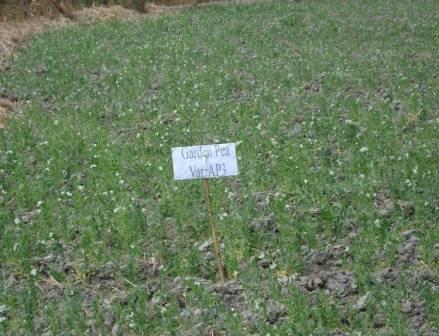
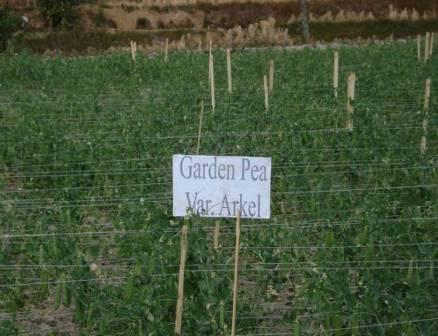
FLD on Garden pea var. AP3FLD on Garden pea var. Arkel
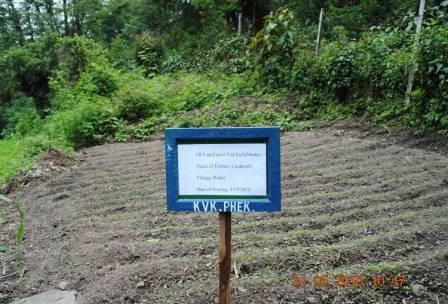
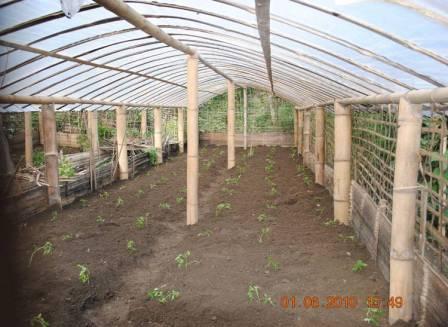
OFT on Carrot var.Early NantesFLD on Tomato var.Rohini under polyshade


FLD on Oyster mushroom productionMushroom production in Zelome village
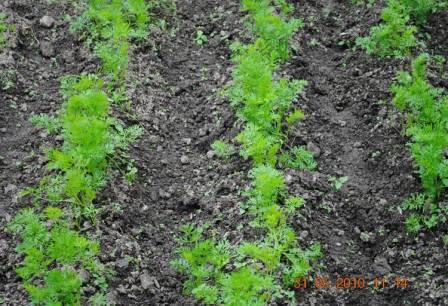 Seedlings of Carrot var. Early Nantes
Seedlings of Carrot var. Early Nantes
 Apiary
Apiary
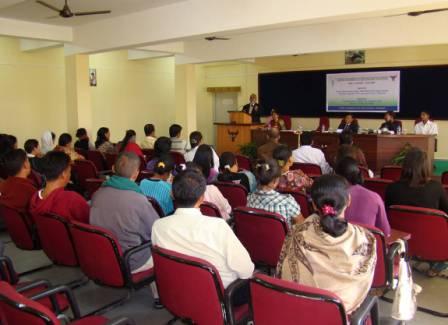
EDP conducted at Jharnapani